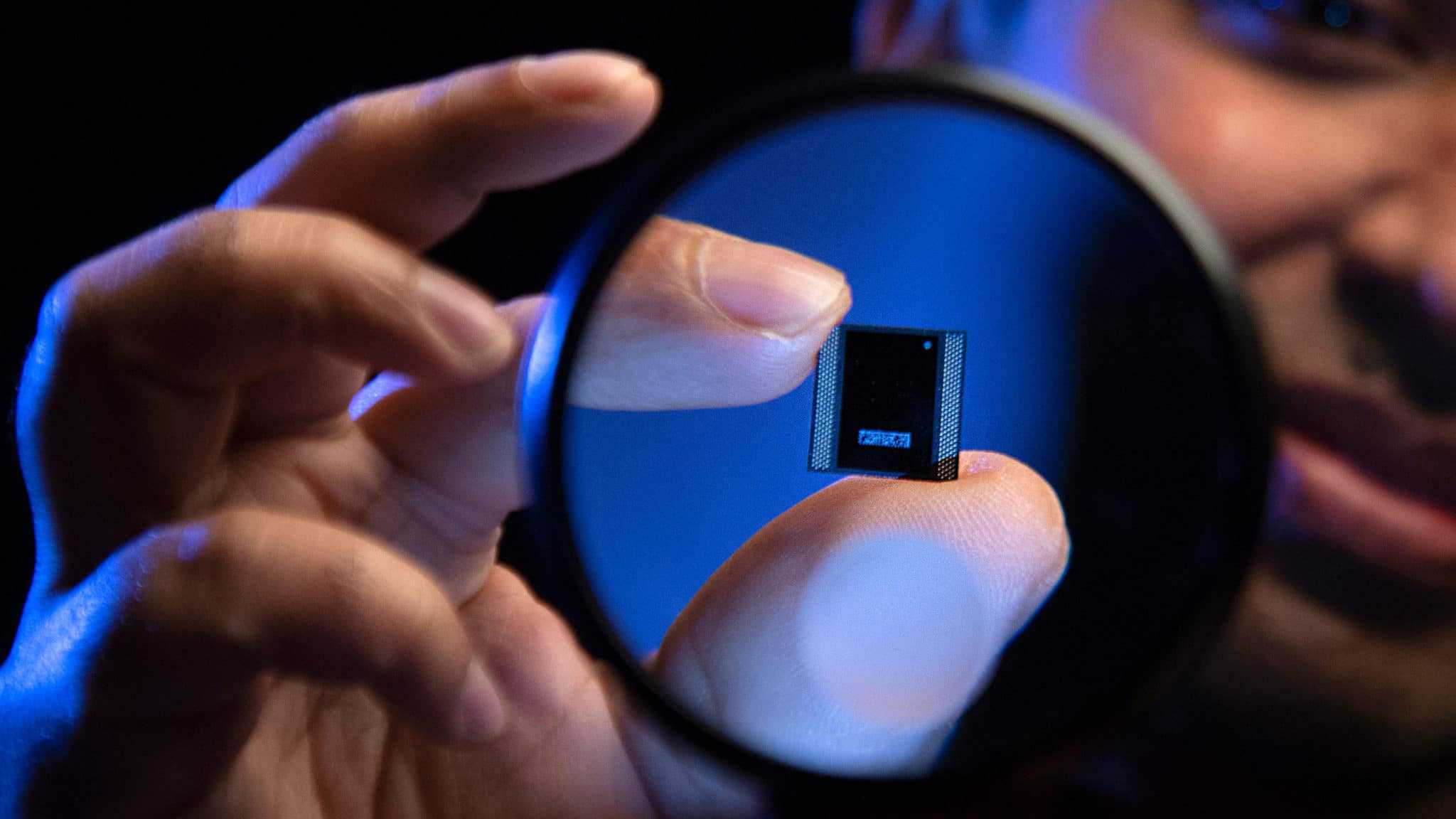Intel has announced two new ‘Lakefield’ Core processors aimed at the innovative form factor market, including foldable and dual-screen devices.
Dubbed the Core i5-L16G7 and Core i3-L13G4, the chips leverage Intel’s Hybrid Technology and Foveros 3D packaging technology alongside a hybrid architecture aimed at power and performance scalability to deliver Core performance and Windows capability in the smallest form factor yet.
Core i5-L16G7 includes five cores, five threads, 64 graphics EUs, 4 MB cache, 7 W TDP, 1.4 GHz base clock speed, 3.0 GHz single-core turbo, boost clock speed, all core turbo of 1.8 GHz, and graphics frequency up to 0.5 GHz. Core i3-L13G4, on the other hand, features five cores, five threads, 48 graphics EUS, 4 MB cache, 7 W TDP, 0.8 GHz base clock speed, 2.8 GHz single-core turbo, 1.3 GHz all-core turbo, and 0.5 GHz graphics frequency.
As Intel’s corporate vice president and general manager of Mobile Client Platforms, Chris Walker, explains in a press release published for the occasion, ‘Intel Core processors with Intel Hybrid Technology are the touchstone of Intel’s vision for advancing the PC industry by taking an experience-based approach to designing silicon with a unique combination of architectures and IPs. Combined with Intel’s deepened co-engineering with our partners, these processors unlock the potential for innovative device categories of the future.’
Intel says the new Core i5-L16G7 and Core i3-L13G4 deliver a 56% smaller package area, 47% smaller board size, and extended battery life. Intel says we are looking at 12x12x1 mm dimensions, or the equivalent of a dime coin, achieved by stacking two logic dies and two layers of DRAM.
The new CPUs will reportedly allow OEM manufacturers more flexibility in how they design innovative form factor devices while retaining a PC-like experience.
The chips feature a 10nm Sunny Cove core, four power-efficient Tremont cores, Intel Wi-Fi 6, LTE Solutions, and are fully compatible with both 32-bit and 64-bit Windows apps. Alongside, hardware-guided OS scheduling allows communication between the OS scheduler and CPU to allocate tasks to the right cores correctly to maximize efficiency. This will reportedly improve performance per SOC power by 24%, and 12% faster single-threaded integer compute-intensive application performance.
The chips will ship with attached package-on-package memory to reduce board size, 2.5mW standby SoC power (Intel says that’s a 91% reduction compared to Y-series CPUs), and native dual internal display pipes.
As for when we’ll see the new CPUs out in the wild, Intel says the first devices to make use of them are Lenovo’s ThinkPad X1 Fold later this year, and Samsung’s Galaxy Book S, which ships in June.

